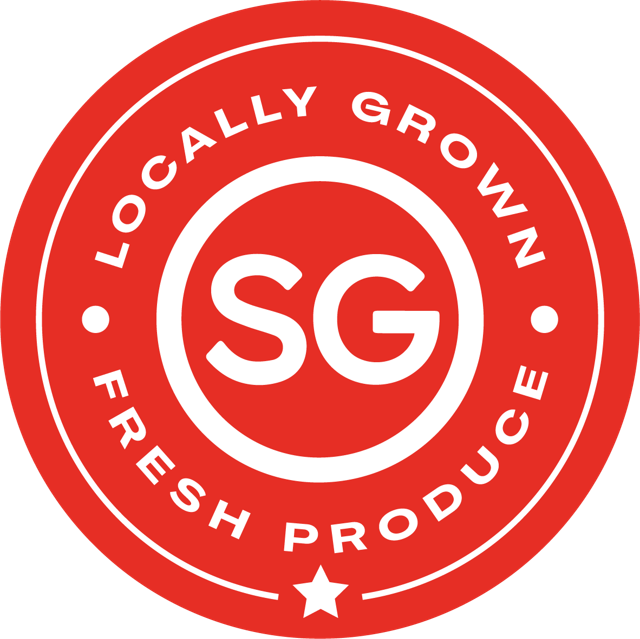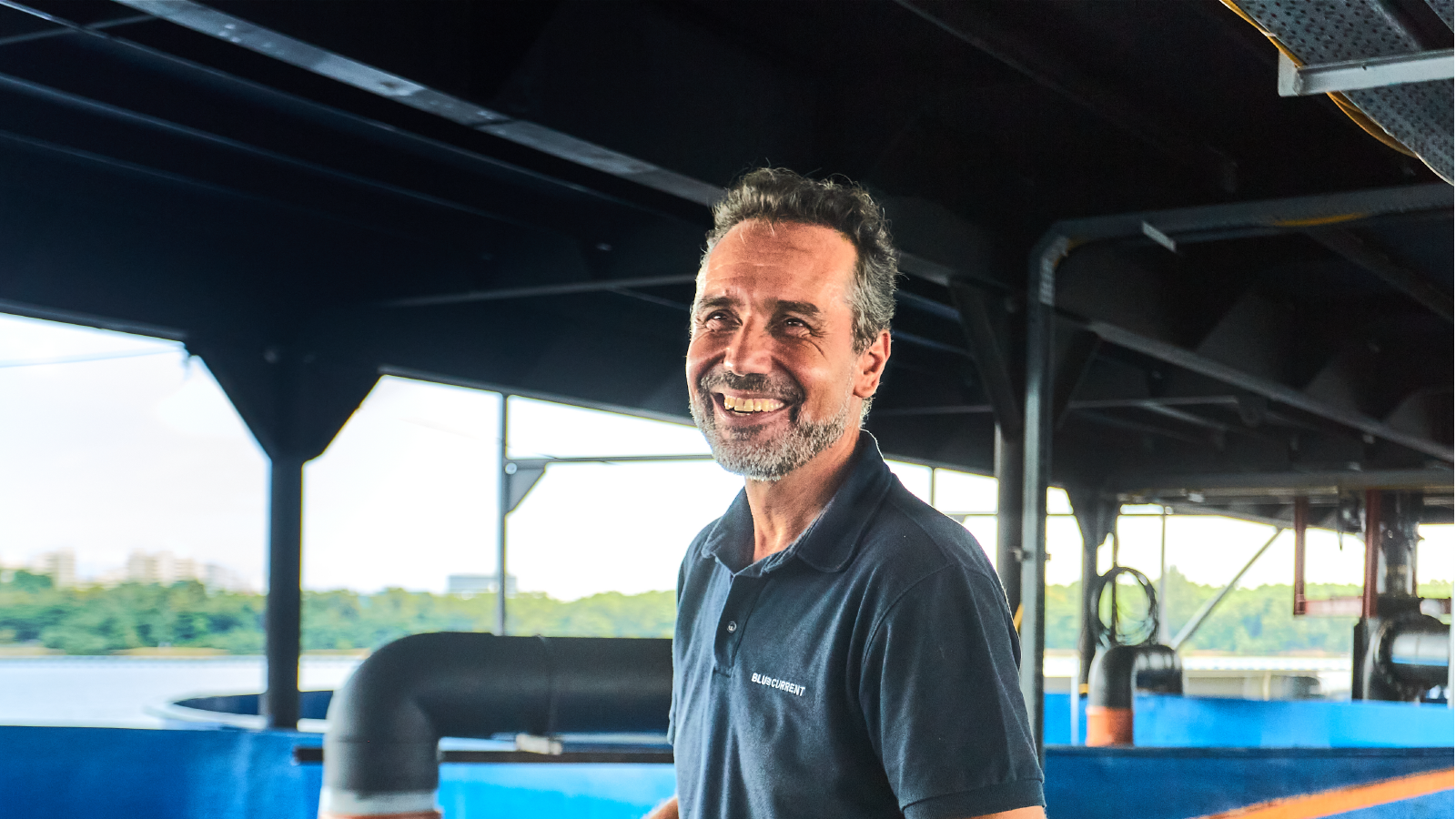Welcome to Singapore Aquaculture Technologies (SAT)
Located off the eastern coast of Singapore, Singapore Aquaculture Technology or SAT is more than just a regular fish farm — It’s a beacon for the future of local food security. The 3,000 square metre floating fish farm employs cutting-edge technology to nurture its haul of asian seabass (aka barramundi) and red snapper.
By employing technology, the farm will be able to produce up to 350 tonnes of the highest-quality fish by 2021. Take a stroll around the facility with us, and discover how fish farming is done in Singapore.
The future is now
Curious about how modern fish farming works? Dr Michael Voigtmann, Chief Technical Officer of SAT, shares some amazing insights to how it’s done.
All ‘tanks’ to technology
“In traditional fish farming, you’re exposed to elements in the water,” Michael explains. “In modern fish farming, you get to control those elements.”
While traditional fish farming is done in open waters with nets, SAT employs a high-tech tank (also known as a closed containment system) that allows for higher yield and precise control of various elements like oxygen levels, waste and feed.
Sensors and Sensibilities
Fish can be afflicted by a whole variety of diseases, including viruses, bacteria and parasites. A closed containment system allows for the use of video analytics to track behaviour like swimming patterns and skin lesions, ensuring that the fish harvested are of the highest quality.
“We want to predict when something will happen, rather than reacting,” Michael tells us. “If the fish is floating, it’s a little too late!”
Minimising waste
Closed containment systems also allow modern fish farms to use biofilters to break fish waste like ammonia into nitrogen, and prevents overfeeding. The latter issue can be hard to track on traditional fish farms, due to sediments in murky water and fish feed that falls through the nets.
The life cycle of a fish
It takes about 8-10 months of attention and care for the fish at SAT to be ready for the market. Fish larvae are nurtured in a hatchery, and then placed in a grow out system as they mature into fingerlings. They are harvested with a fish pump when they reach market size.
Looking to the future
SAT is currently looking to cultivate a garoupa species, to add on to their current bounty of the freshest red snapper and barramundi, bred right there in Singapore.
“We worked on developing a system that could profitably fund barramundi — the lowest prized of those three species,” Michael says.
“We didn’t want to end up with an aquaculture system that could be used for ultra-high value fish, which is not as scalable.”
Fascinating farm facts
Farming is a fascinating profession. Here are some fun factoids to chew on!

SAT’s smart system was developed in partnership with Siemens to make its farming methods more precise.

The farm employs 50% solar power to run its operations.

A fish swimming in a corkscrew pattern is likely to have a virus that affects its brain.

When they’re in the hatchling stage, fish are fed on microscopic plankton, also known as live feed.
Feast for SG’s food security
Eager to taste the freshness of SAT’s fine produce for yourself? You’ll be able to indulge in red snapper and barramundi by ordering from Straits Market and RedMart, under the BluCurrent label.
Keep an eye out for the SG Fresh Produce logo to sample produce proudly grown and harvested on Singaporean soil.











